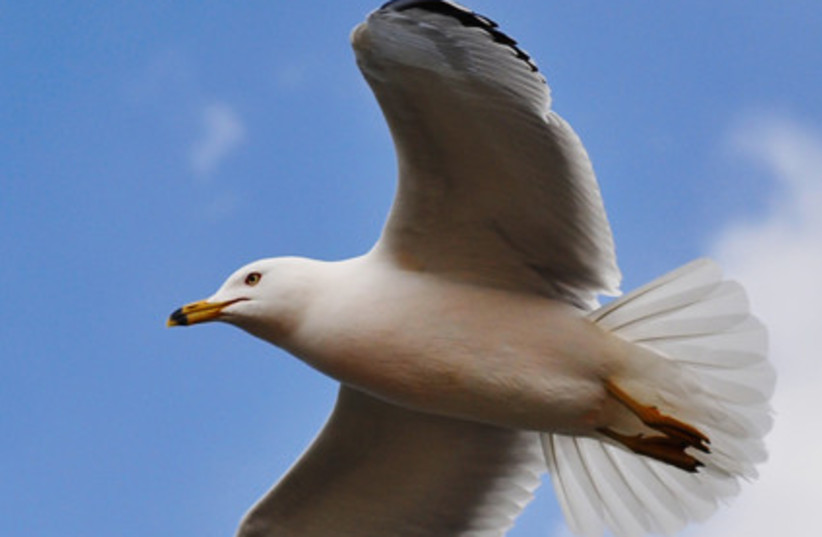Certain birds can change the shape of their wings in response to aerial disturbances headed in their direction, researchers from the University of California, Davis, and the University of Michigan have found in a new study.
In a peer-reviewed study published in Nature, researchers analyzed the aerodynamics of 22 species of birds, developing equations to describe the inertial properties of each bird, including the center of gravity and the neutral point - the point at which aerodynamic forces can be modeled as point forces consistently.
The data collected by the researchers could one day help better design unmanned aircraft or other aerial vehicles. While passenger aircraft are generally designed to be stable, meaning they return to steady flight after a disturbance, fighter jets are typically designed to be unstable.
The researchers found that almost all of the species of birds they studied were able to switch between stable and unstable flight using certain wing movements.
How did the researchers put this to the test?
The team tested 3D printed models of gulls and gull wings in a wind tunnel using computer models of inertial forces to determine how the birds achieved stable flight along their long axis.
The researchers found that gulls can change how they respond to disturbances by moving their wrist and elbow joints and changing the shape of their wings.
Furthermore, they were able to predict flying qualities and how rapidly the gulls could recover from a disturbance, providing information about the "controllable range" of gulls and about how to apply bird flight dynamics to aircraft.
These properties could be applied to drones in order to allow them to navigate urban environments as effectively as birds do.
“These differences in the phugoid modes between gulls and UAVs are intriguing because they may play a role in avian gust response, which tends to outperform comparable fixed-wing UAVs,” the study reads.
“Small perturbations in the forward velocity of a trimmed gliding gull would be quickly damped out according to our model. However, the gull would need to use larger control inputs to maneuver away from the equilibrium condition,” the researchers added.
“These results reveal a reason that gulls may elect to adjust from a stable to an unstable configuration,” the study continues.
“Gulls could use a stable configuration to passively reject undesired perturbations from their local environment while in transit or foraging for food. Then, gulls could extend their wrists to morph into an unstable configuration to gain a more sensitive reaction to control inputs, which would support rapid maneuvering.”
“There are so many open questions about bird flight. I’m looking forward to seeing what else is out there to discover.”
Christina Harvey, assistant professor, Department of Mechanical and Aerospace Engineering, University of California, Davis
“There are so many open questions about bird flight,” said lead study author Christina Harvey, assistant professor at the Department of Mechanical and Aerospace Engineering at UC Davis. “I’m looking forward to seeing what else is out there to discover.”

